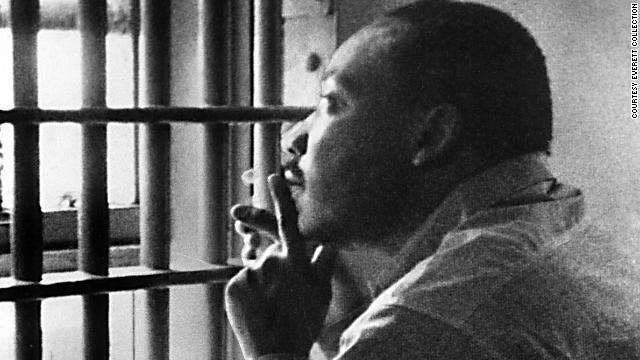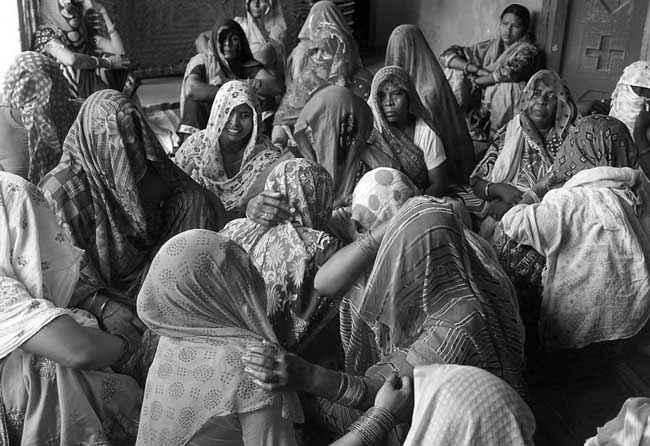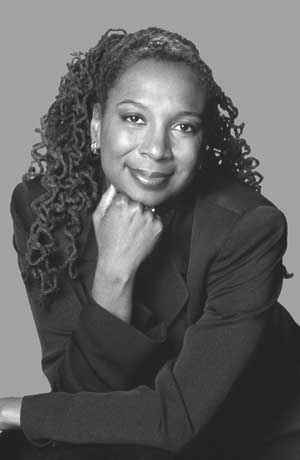Did Hathras barbaric gang-rape dislodge your being? Rise and Stand-up
![How does reading and viewing the Hathras tragedy affect a teenager? Is it numbing and disturbing? What should the youth do? How does one empower oneself under such circumstances? Observing the suffering of the 19-year-old Dalit girl and her family, reading about racism in the United States strikingly disturbed young poet, painter and political science student Gurleen Kaur. Instead of becoming despondent, she took inspiration from reading Martin Luther King Jr. She appeals that it is time to join hands […]](https://www.theworldsikhnews.com/wp-content/uploads/2020/10/Gurleen-kaur-painiting-360x266.jpg)
How does reading and viewing the Hathras tragedy affect a teenager? Is it numbing and disturbing? What should the youth do? How does one empower oneself under such circumstances? Observing the suffering of the 19-year-old Dalit girl and her family, reading about racism in the United States strikingly disturbed young poet, painter and political science student Gurleen Kaur. Instead of becoming despondent, she took inspiration from reading Martin Luther King Jr. She appeals that it is time to join hands and fight injustice against women.
FLIPPING THROUGH THE PAGES OF A SCHOOL MAGAZINE, I FROZE. What a coincidence? The sketch I saw brought an onslaught of thoughts and concerns. I painted the image afresh. The disfigured face of the lady was a reminder of the menace against women, the degrading political abuse of the system, the ‘misuse’ of power and authority or the disdainful ‘no use’ argument.
I can see it everywhere. The brutal assaults on women, especially the so-called “lower caste” women in India, the impunity provided by the government to the culprits and the police which is duty-bound to protect and prosecute -everything came gushing through. Not to forget the anti-Black racism at its height in the US, the stark poverty in Yemen and Africa, the detention of an 83-year-old Jesuit priest Father Stan Swamy working for the underprivileged and marginalised Adivasis in Jharkhand, the portents for devastation in the farmlands of Punjab due to new legislation -all have engulfed me in the past weeks.
What should I do? Should I do something? Where should I run? Are there no answers? Are there any options?
 A rattled me sought refuge in Martin Luther King Jr’s Letters from the Birmingham Jail. In one of the letters to the clergy which questioned his protests, he wrote, “Injustice anywhere is a threat to justice everywhere.” Furthermore, he said the oft-repeated words nowadays, “Justice too long delayed is justice denied.”
A rattled me sought refuge in Martin Luther King Jr’s Letters from the Birmingham Jail. In one of the letters to the clergy which questioned his protests, he wrote, “Injustice anywhere is a threat to justice everywhere.” Furthermore, he said the oft-repeated words nowadays, “Justice too long delayed is justice denied.”
We are in the throes of injustice across the world. Yet, we have the power to change and empower ourselves and others and to unitedly face the challenge and struggle for justice and change.
What should I do? Should I do something? Where should I run? Are there no answers? Are there any options?
King wrote “I stand in the middle of two opposing forces in the Negro community. One is a force of complacency, made up in part of Negros who, as a result of years of oppression, are drained of self-respect and a sense of “somebodiness” that they have adjusted to segregation; and in part of a few middle-class Negros who, because of a degree of academic and economic security and because in some ways they profit by segregation, have become insensitive to the problems of the masses. The other force is one of bitterness and hatred, and comes perilously close to advocating violence.”
 The segregation of society, the sense of ‘somebodiness’, the lethargy of the academics resonates in Punjab, India, the US and the world at large. We clearly see these forces existing in almost every problem we are facing today, in one or the other way.
The segregation of society, the sense of ‘somebodiness’, the lethargy of the academics resonates in Punjab, India, the US and the world at large. We clearly see these forces existing in almost every problem we are facing today, in one or the other way.
“Injustice anywhere is a threat to justice everywhere.”
With the farmer strikes, there are many who despite being farmers don’t protest and have privileges like the policemen and political figures who are still working for their own cause and segregating the public. If there were no traitors among us, enemies cannot harm. Another example is the lower caste women, who many times don’t stand up against sexual assaults as a result of years of oppression.
So what do we do? What do I do? Shall we remain mute spectators, benumbed and mentally sick?
 Kimberle Crenshaw, Professor of Law at UCLA and Columbia Law school in her TED talk, “The urgency of intersectionality” said, “Communications experts tell us that when facts do not fit with the available frames, people have a difficult time incorporating new facts into their way of thinking about a problem.”
Kimberle Crenshaw, Professor of Law at UCLA and Columbia Law school in her TED talk, “The urgency of intersectionality” said, “Communications experts tell us that when facts do not fit with the available frames, people have a difficult time incorporating new facts into their way of thinking about a problem.”
“If we can’t see the problem, we can’t solve it.” So when we talk about the Hathras rape case, we must see that it’s not just the matter of women, it’s also a matter of caste. Invariably, lower caste women are victims and the upper caste men are culprits. It should not come as a surprise to anyone that the unjustly privileged panchayats of twelve villages defended the rapist culprits. What more proof is required?
“If we can’t see the problem, we can’t solve it.”
It is very much similar to black women facing double discrimination at the intersection of racism and sexism. To which, Professor Crenshaw said, “Why they are lost lives, don’t generate the same amount of media attention and communal outcry as the lost lives of their fallen brothers.”
If we cannot see the problem, we cannot solve it -it is time to open our eyes, lest they destroy us completely. Should the eyes remain closed, it will strike like the Covid19 pandemic and catch us all, unawares!
 Print
Print

 77
77


One thought on “Did Hathras barbaric gang-rape dislodge your being? Rise and Stand-up”